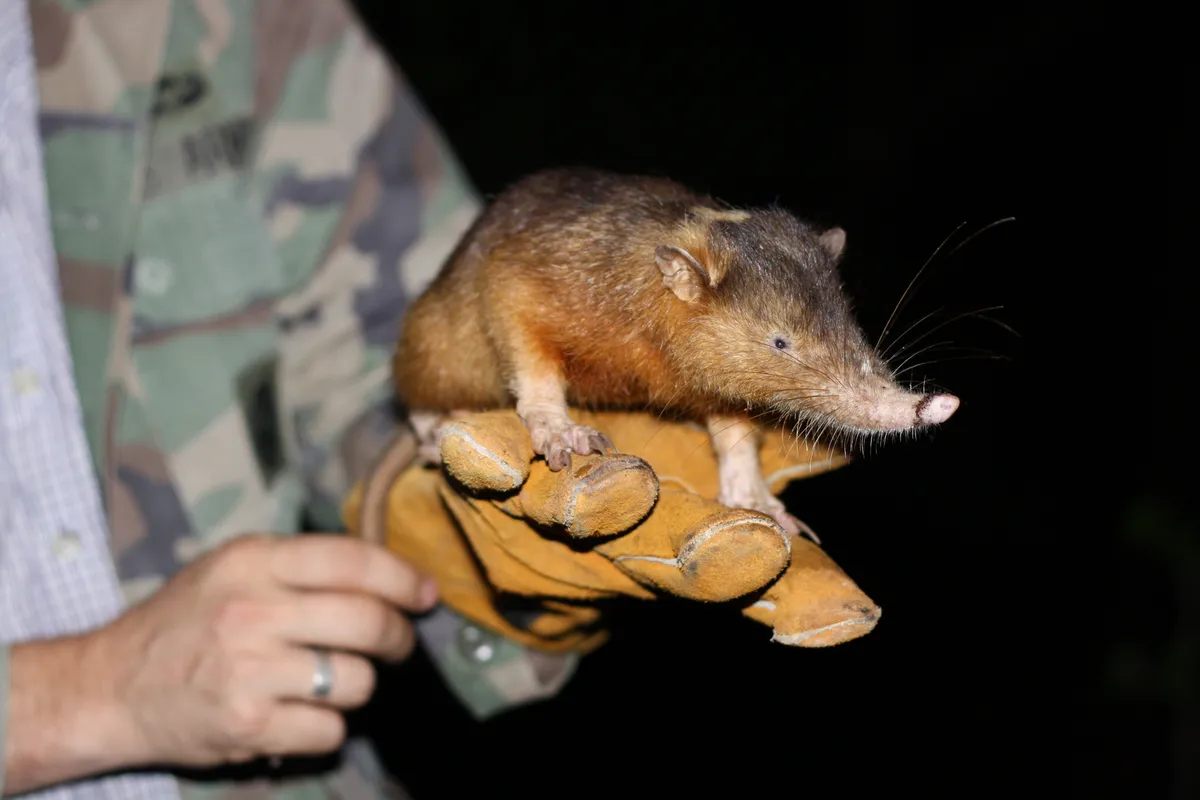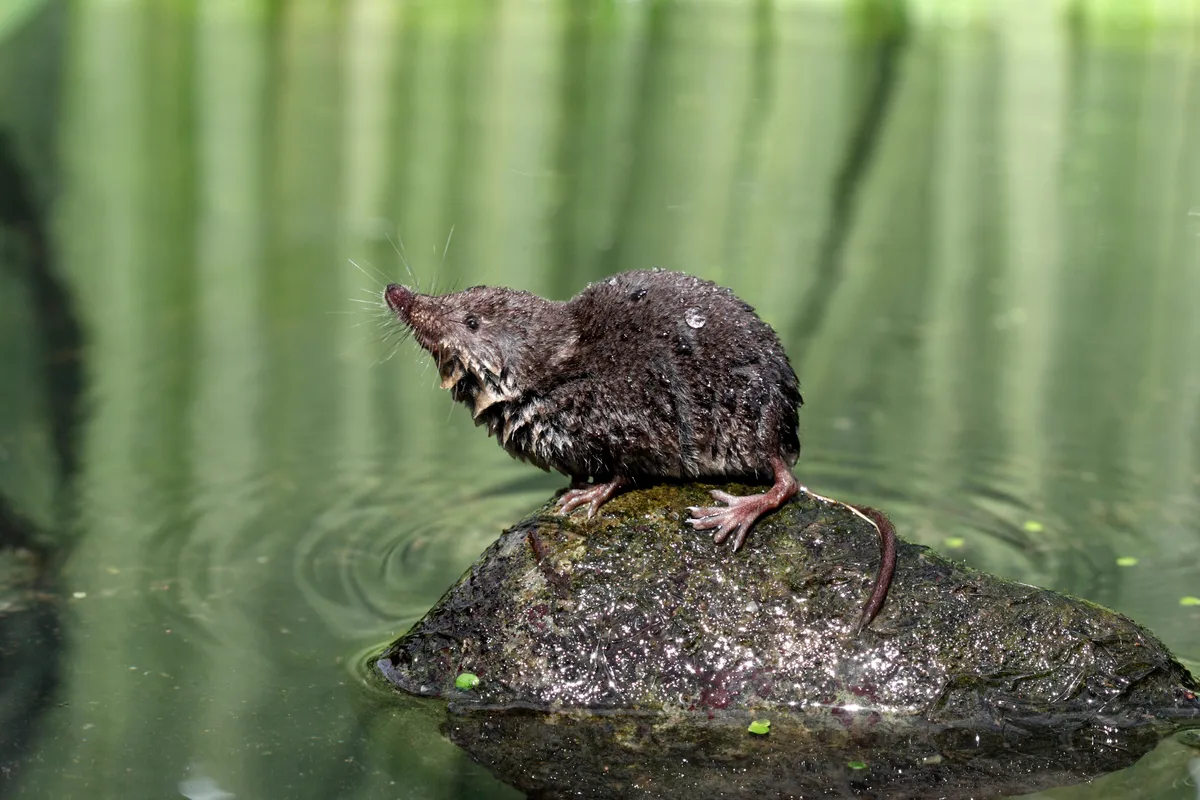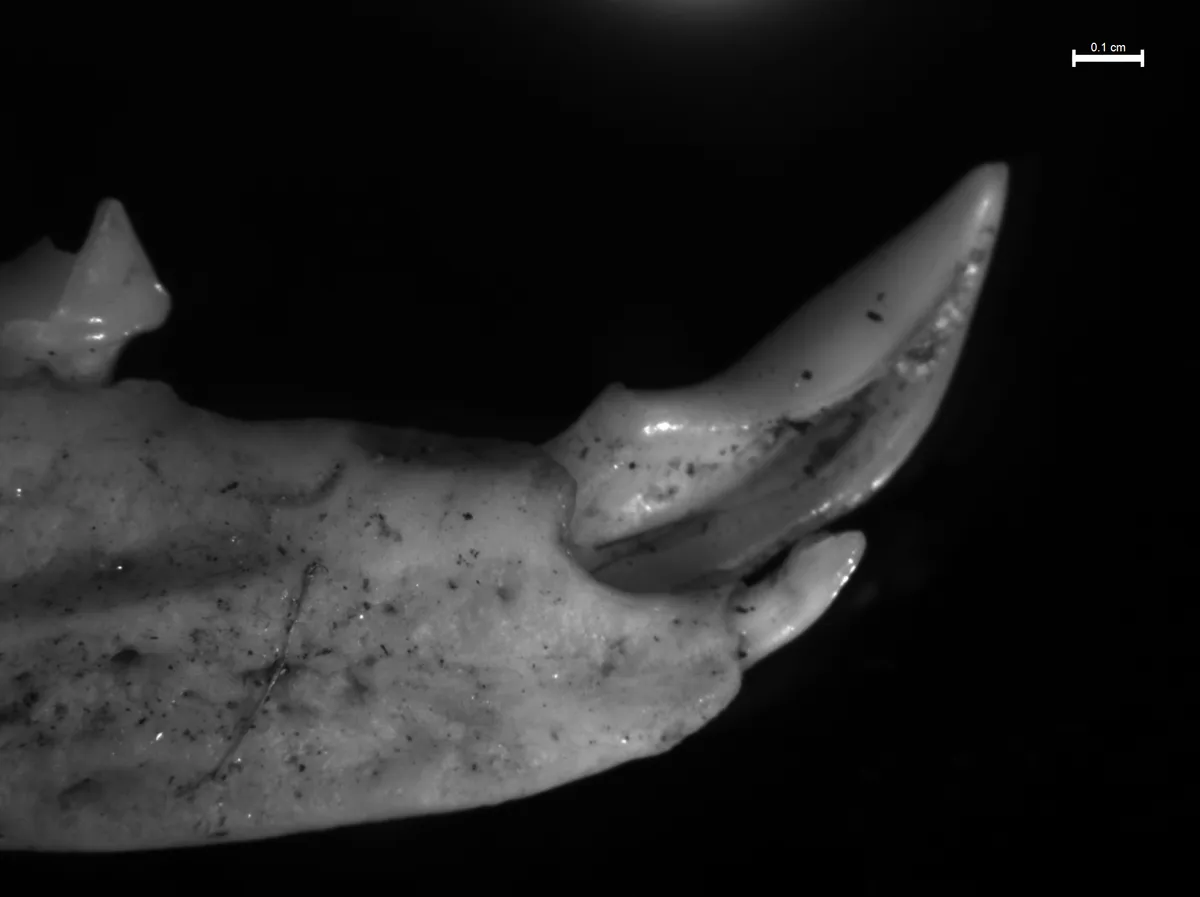When you think of venomous animals, spiders and snakes probably spring to mind. There is however a small subsection of mammals that also have this toxic ability. One of these is the bizarre-looking Hispaniolan solenodon.
In a new paper published in PNAS, an international team of researchers, including those from from the Liverpool School of Tropical Medicine (LSTM) and Zoological Society of London (ZSL), have analysed the genetic makeup of this mammal and identified the proteins that make up its venom.
In a surprising finding, they also discovered that these same proteins are shared by another group of venomous mammals, the venomous shrews.
Although they may look similar these two groups are not very closely related at all, having diverged from one another over 70 million years ago, when the dinosaurs still stalked the earth. This means that the same venom has evolved independently in both groups.

These proteins consist of multiple kallikrein-1 serine proteases – enzymes that act to break down other proteins into their smaller components. The researchers have discovered that in solenodons they are likely used to lower the blood pressure of their vertebrate prey, immobilising them.
The fact that solenodons share this venom system with the distantly related shrews is very interesting for evolutionary biologists, as it suggests that the same specific prey-immobilisation method developed independently along multiple different evolutionary lineages as the animals were subjected to similar selection pressures.

This is a phenomenon known as convergent evolution, which results in different groups having structures that are similar in form or function, but which were not present in the last common ancestor of these groups. An example of this is the independent evolution of wings for flight in bats and birds.
“These particular proteins are present in the salivary glands of many mammals,” says lead author Professor Nick Casewell from LSTM’s Centre for Snakebite Research & Interventions.
“Through our research we are able to demonstrate that they have been independently co-opted for a toxic role in the oral venom systems of both solenodons and shrews. These findings represent a fascinating example of how evolution can funnel novel adaptations down repeatable pathways.”
Apart from solenodons and shrews there are also venomous hedgehogs and moles. These 4 groups are all members of the Eulipotyphla order. The research here demonstrates that venom has at least 4 origins in this order, presenting an elegant example of convergent evolution.
Aside from their venom, which is administered through toxic saliva and injected into prey through unique grooved incisors, the Hispaniolan solenodon has a few other curious characteristics. It has large strong claws for digging, a long tail, tiny beadlike eyes, and perhaps strangest of all a snout that his highly mobile thanks to a ball and socket joint.

It is also considered one of the most Evolutionarily Distinct and Globally Endangered (EDGE) mammals by ZSL’s EDGE of Existence programme, due to its singularity and the fact that it is found only in one place - on the Caribbean island of Hispaniola. Today they are threatened by habitat loss and predation by introduced cats and dogs. These findings represent a great advance in our knowledge of this rare and unusual animal.
Professor Samuel Turvey, from ZSL’s Institute of Zoology says “This study highlights how little we know about one of the world’s most fascinating animals. Unravelling details of the solenodon’s previously unstudied venom system helps us to understand the mechanisms behind convergent evolution - and demonstrates the importance of conserving the world’s remarkable EDGE species.”
Main image: A wild Hispaniolan solenodon. © Rosalind Kennerley
